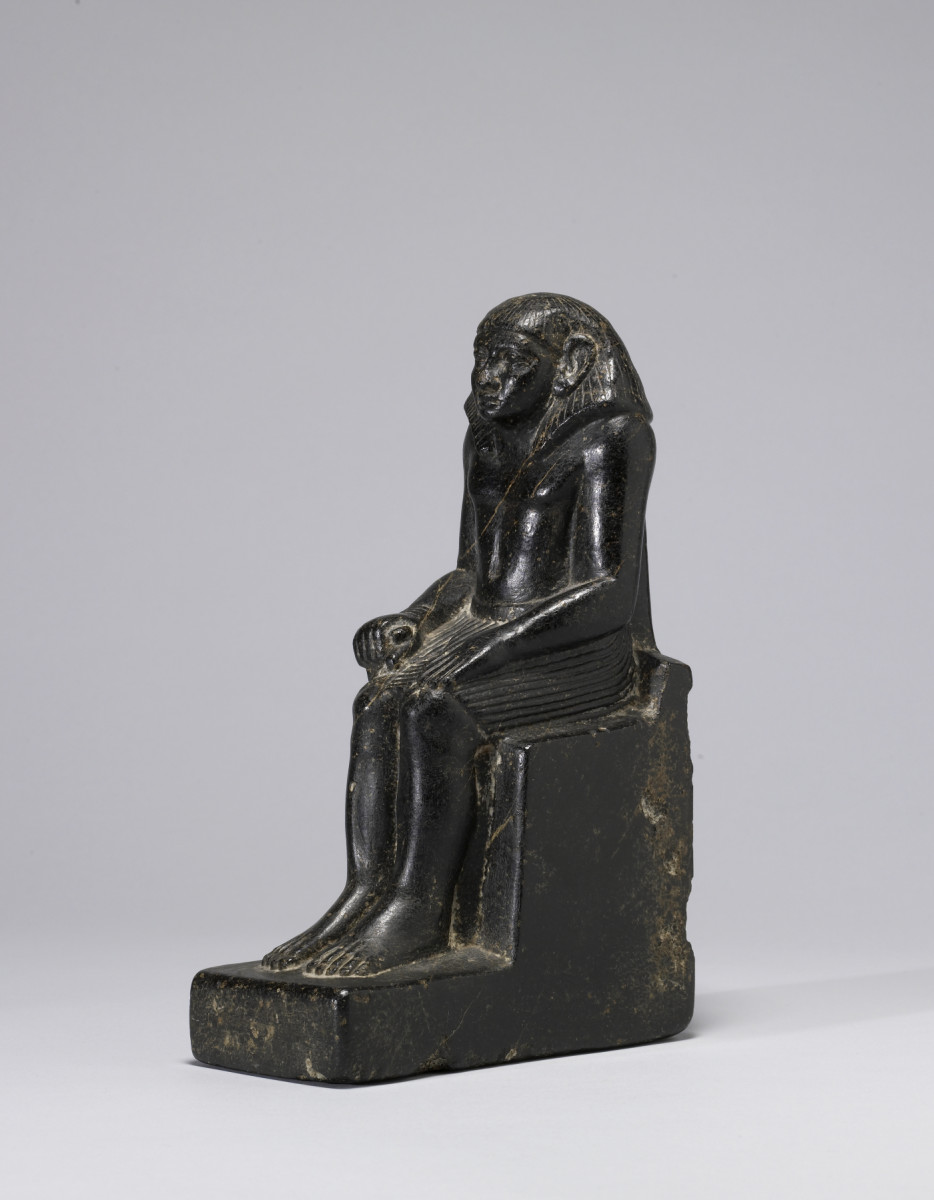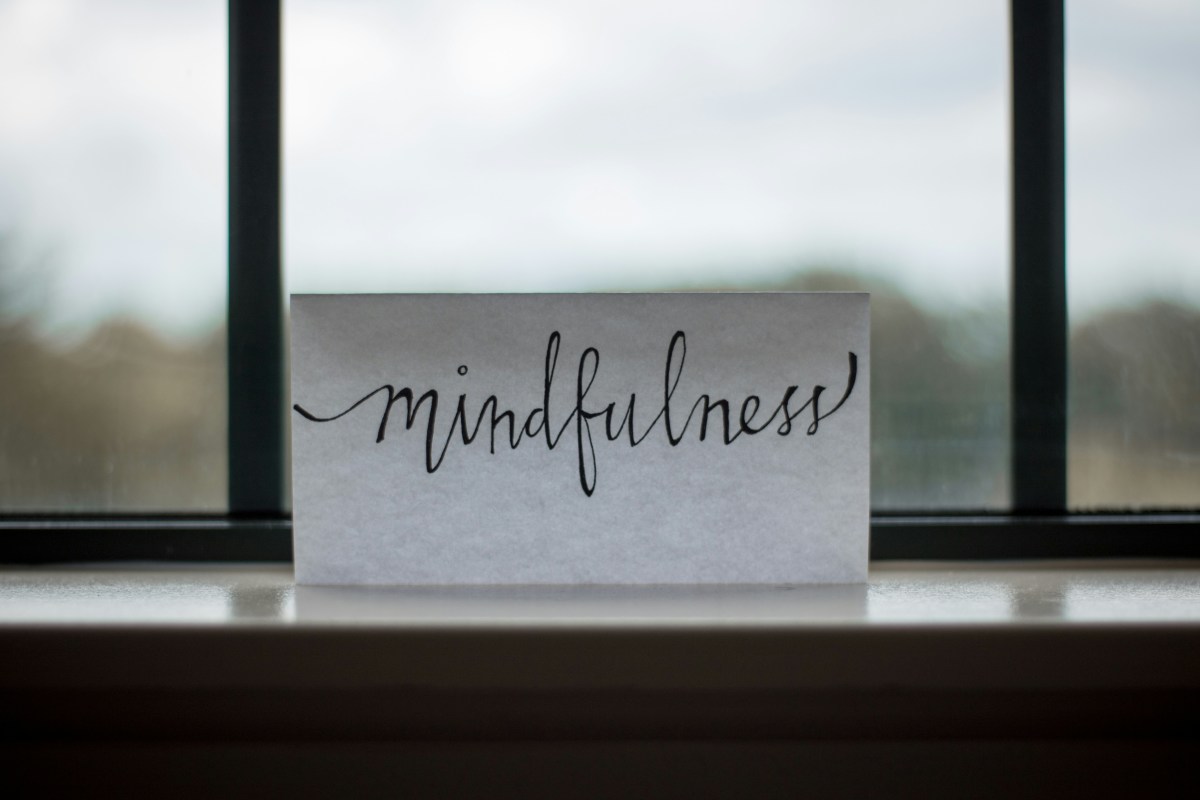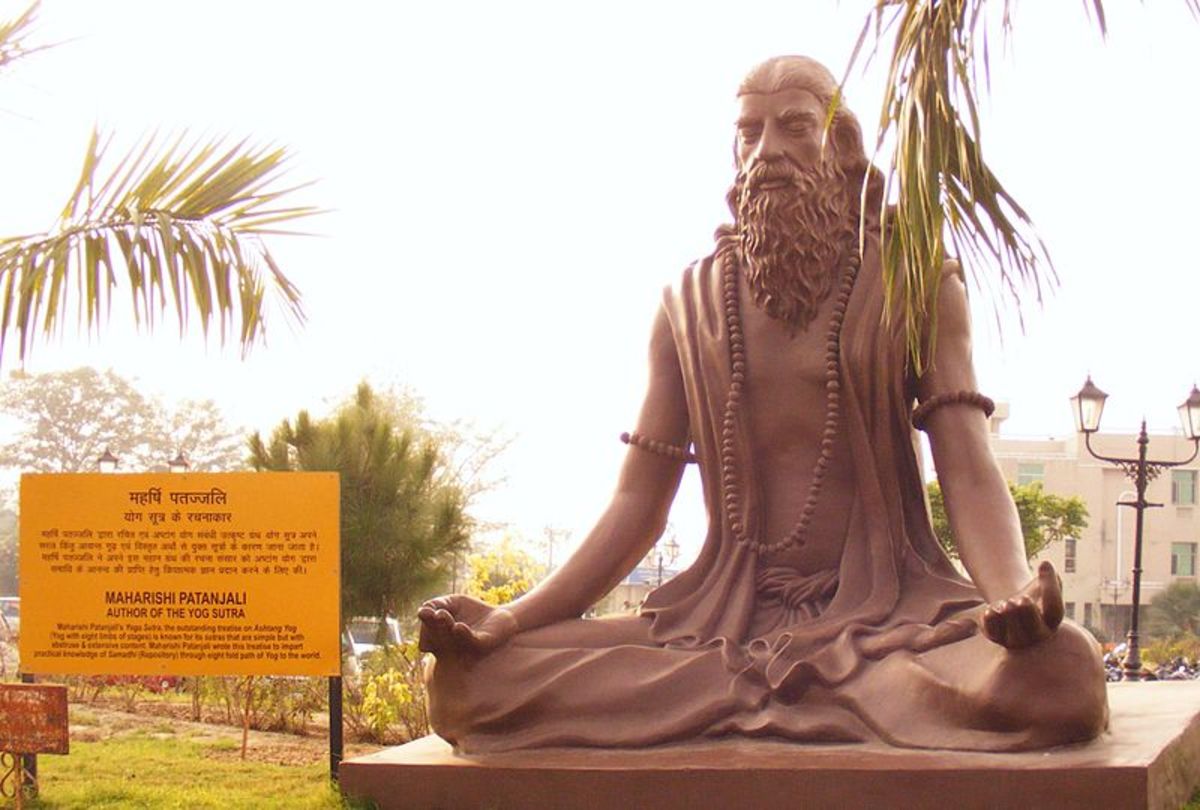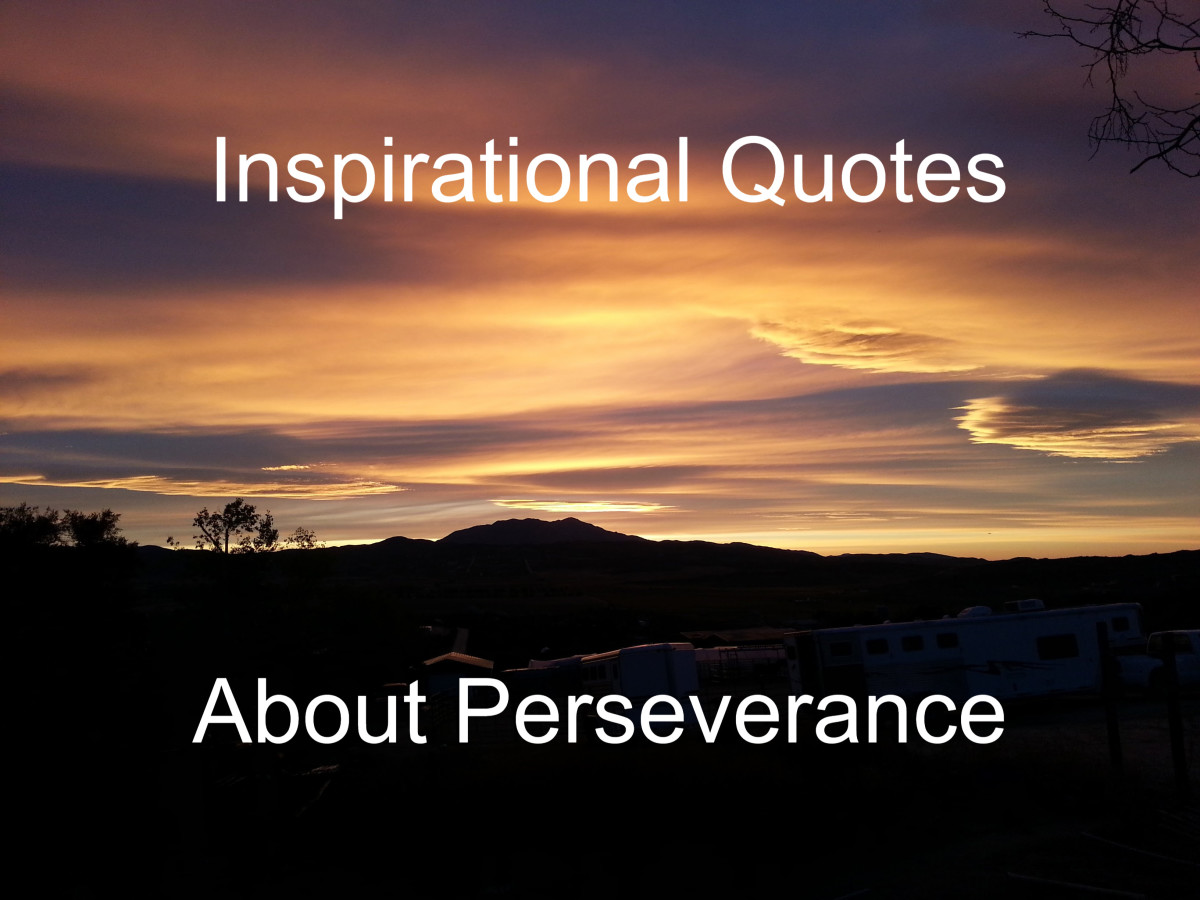- HubPages»
- Health»
- Mental Health»
- Emotions
Easy and Simple Meditation for Beginners

In today's fast-paced and digital world people are looking for a way to get in touch with their inner self. We like to feel in control of our lives but the world as it is nowadays makes us feel quite helpless. We feel scattered and slaves of our fluctuating moods and emotions. Thoughts race through our mind and we seem to have no way to control them. We might not like the tape that is playing in our minds but we have no way of stopping it. We wish that we had a power which would enable us to be centred, calm and at peace with ourselves. Is there such a power within us that has the ability to give us peace of mind?
See how nature – trees, grass, flowers – grow in silence. See how the stars, the moon and the sun all move in silence. For us to move and grow we must experience silence; we must pause between our thoughts and allow our minds to be still. Silence. Peace. Growth – Mother Theresa
Mother Theresa's words point us in the right direction to achieve positive growth and peace of mind.
The Purpose for Meditation
The word 'meditate' is derived from the Latin word meditat- 'contemplated' and the English dictionary meaning states 'think deeply or focus one's mind for a period of time, in silence or with the aid of chanting, for religious or spiritual purposes or as a method of relaxation.'
The dictionary meaning points to a three-fold purpose for practicing meditation:
- Getting in touch with our Spiritual Self
- Focusing the mind
- Healing gained through peace of mind
The first objective in meditation is to discover one's own spiritual Self as distinct from the our physical, emotional and mental self. The cause for all our sufferings is our identification with our body, emotions and our mind. The whole drama of our daily life is played out in varying degrees as we act, feel and think in reaction to the events in our life. What if we could maintain equanimity at all times? Would we suffer as much?
Hence if the purpose of meditation is to realize that we are the spiritual self the other two results will automatically follow. In meditation, the body becomes quiet and the mind becomes gradually still. This will mean a mind able to focus on the issue at hand and a healthy body that does not suffer from chemical imbalances due to emotional turmoil.
The second objective is to realize that the spiritual Self of the human being is an integral part of the spiritual Self of the universe. Affirmations to this effect can lead one into silent contemplation and a deepening experience of unity with the all-pervading, nameless One. This experience will lead to peace of mind because when we feel one with all there is, we will not have fears or anxieties of things that might trouble us. It is good to remember J. Krishamurti's words:
No one is a friend or foe. All alike are our teachers.
Once we are able to understand our unity with all we realize that the spiritual achievement by one person makes easier and brings nearer the same achievement by all the rest. The greatest purpose of all is to practice meditation for an unselfish reason so as to benefit all humanity.

A Simple Meditation Practice – A Yoga of Light
The following is well-tried and safe method of a simple form of meditation to achieve all the above goals. It is from Geoffrey Hodson's A Yoga of Light:
Preparation
- Relax the physical body – Sit still, with the back, head and neck in a straight line. When you sit thus, completely relaxed it enables the mind to become still.
- Harmonize the emotions – let go of all anxieties and worries. Think of equanimity
- Mind alert and charged with will – Mind must not be sleepy but alert.
- Center the awareness in the Spiritual Self – It is best to concentrate on the heart rather than the head. If the heart starts beating too fast it should be considered a warning to stop the practice. The brain does not give any such warnings.
Dissociation from the physical body, emotions and mind step-by-step -- Mentally affirm and realize:
- I am not the physical body, I am the spiritual Self
- I am not the emotions, I am the spiritual Self
- I am not the mind, I am the spiritual Self
Meditation
- I am the divine Self, Immortal, Eternal
- Radiant with spiritual Light
- I am that Self of Light, that Self am I.
- The Self in me, the aatma is one, with
- the Self in all, the Paramaatma.
- I am that Self in all; that Self am I.
- The aatma and the Paramaatma are one.
I am THAT. THAT am I.
Closing
Bring the centre of awareness:
- Into the formal mind, illumined and responsive to the intuition
- Into the emotions, irradiated by spiritual Light.
- Into the body, empowered by spiritual Will, inwardly vitalized, and Self recollected.
Which posture do you prefer for meditation?
- How to Comfortably Sit Cross Legged in Yoga
Many of us take sitting cross legged on the floor for granted. However, are we in perfect balance and alignment when we sit on the floor. Find out how to sit correctly and for long periods to practice yoga, pranayama or meditation.
Meditation – Do's and Don'ts
- It is best done after a shower since meditative processes tend to reabsorb the out-thrown toxins of the body.
-
Close your eyes to shut our exterior distractions.
-
If you hear any sounds do not let that disturb you. Let your ears respond but serenely take no notice with the consciousness.
-
It is best to use a designated part of the house every time because it will soon become saturated with meditative thoughts and will be very helpful.
-
It is best done at the same time every day that is suitable.
-
It is best done early in the morning because it sets the tone for the day.
-
Posture – The spine must be erect but comfortable, the chin drawn in. If you feel the physical nerves tightening, then stop for a moment. The body should be relaxed at all times during the practice. The hands and knees must not be crossed except when sitting cross-legged in the Eastern fashion.
-
Meditation should be done on an empty stomach. If done after a meal, the energies are being used for digestion and cannot be easily divided.
-
If you feel some pain or heaviness in the head, stop at once, for it indicates the straining of the brain cells.
-
Alcohol must be avoided because it is highly destructive to the finer development of the brain cells.
-
Meditation should not be done for a long time. It should be between 10 minutes to half an hour only. Five minutes daily is better than an hour once a week. Regularity rather than duration is important.
-
Meditation should be avoided between ten and two at night. Negative energies are stronger in the atmosphere at this time and can cause harm.
-
Stay still for sometime after the meditation session. Open your eyes slowly and become aware of the surroundings.
Prayer is talking to the Divine, Meditation is listening to the Divine. The essential point to remember is that all aspects of ourselves must be still. Meditation is a great aid to achieve overall well-being and peace of mind. It is the obsession with oneself which is the greatest impediment. If we can set aside a few minutes everyday to focus on something higher than ourselves then we can see all our troubles falling away.
Every mean and selfish action sends us backward and not forward, while every noble thought and every unselfish deed are stepping stones to the higher and more glorious plan of being. – H. P. Blavatsky
Once we have achieved a peaceful sense of being we become magnets to positive influences from outside and it will increase our happiness and peace of mind a hundredfold.
Do you think it is worth spending a few minutes in meditation every day?
- How to Practice Focused Meditation
Two simple exercises to do focused meditation. Success in meditation depends on how well a person can concentrate with a single focus on a particular subject or ideal. Meditation begins where concentration ends. - Easy Meditation Tips
Meditation can be practiced by anyone and it is easy to begin a daily practice. Learn about the obstacles and how you can make it easy for yourself to practice a simple form of meditation. - How to do Breathing Exercises
Each breath taken changes the human body in a way that we do not fully understand. Breathing exercises not only help with physical health but also emotional, mental and spiritual well-being. - How to Motivate Yourself to Meditate
The most important thing about meditation practice is to do it regularly, daily and the greatest challenge is to stay motivated. It takes only two steps to find out the why and how of sustaining ones enthusiasm to practice daily.
Sources:
- A Yoga of Light, by Geoffrey Hodson. The Theosophical Publishing House, Adyar, Chennai, 2003.
- Meditation -- Its Theory and Practice, by Hari Prasad Shastri. Shanti Sadan, London. 1958
- Meditation -- Its Practice and Results, by Clara M. Codd. The Theosophical Publishing House, Adyar, Chennai, 1994.








